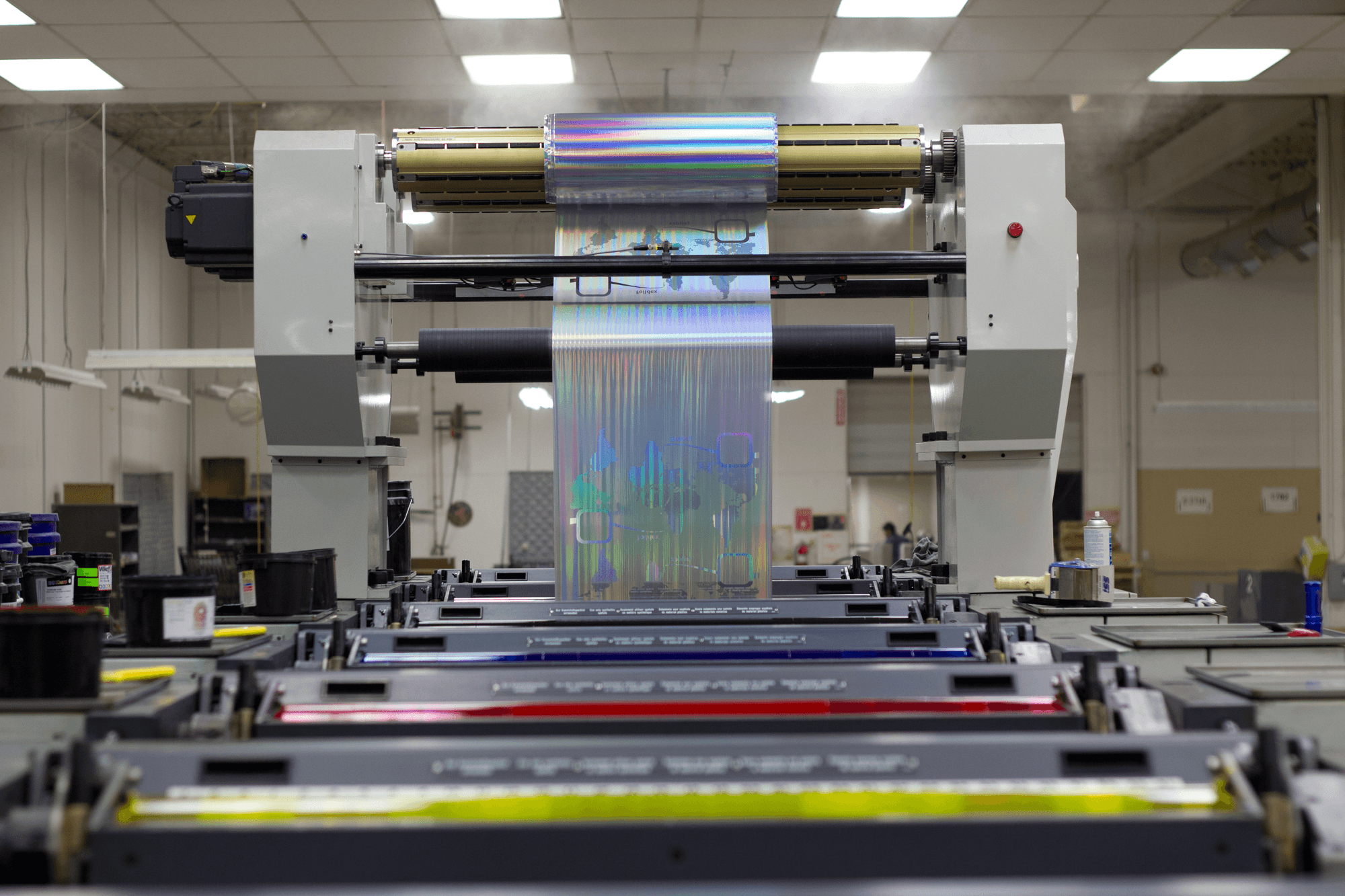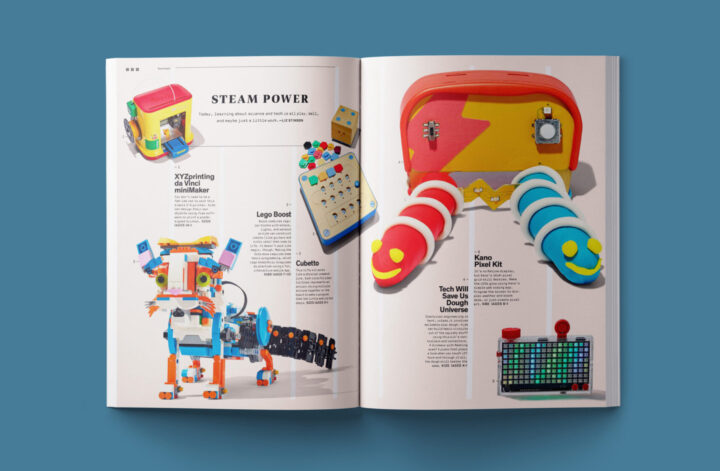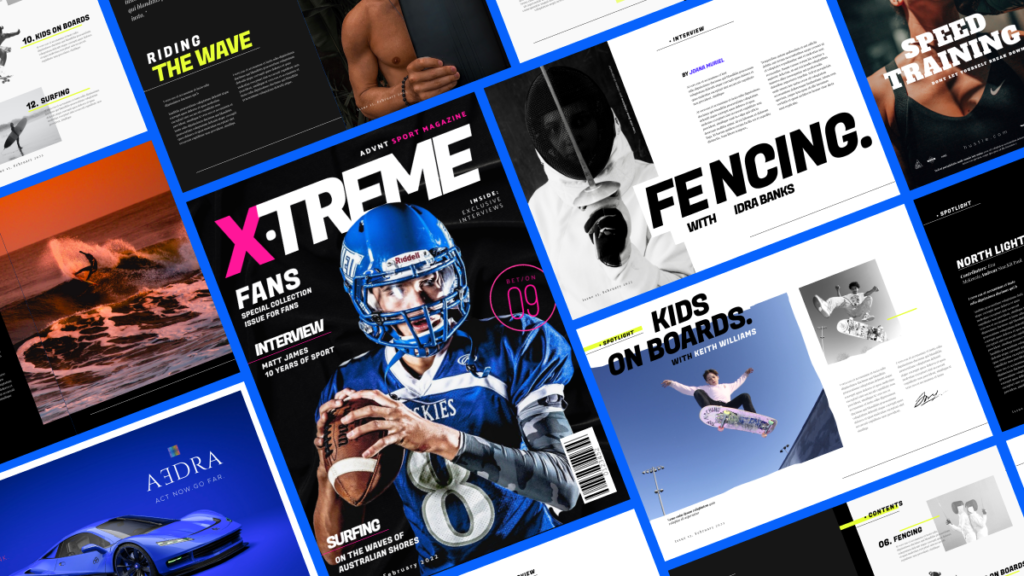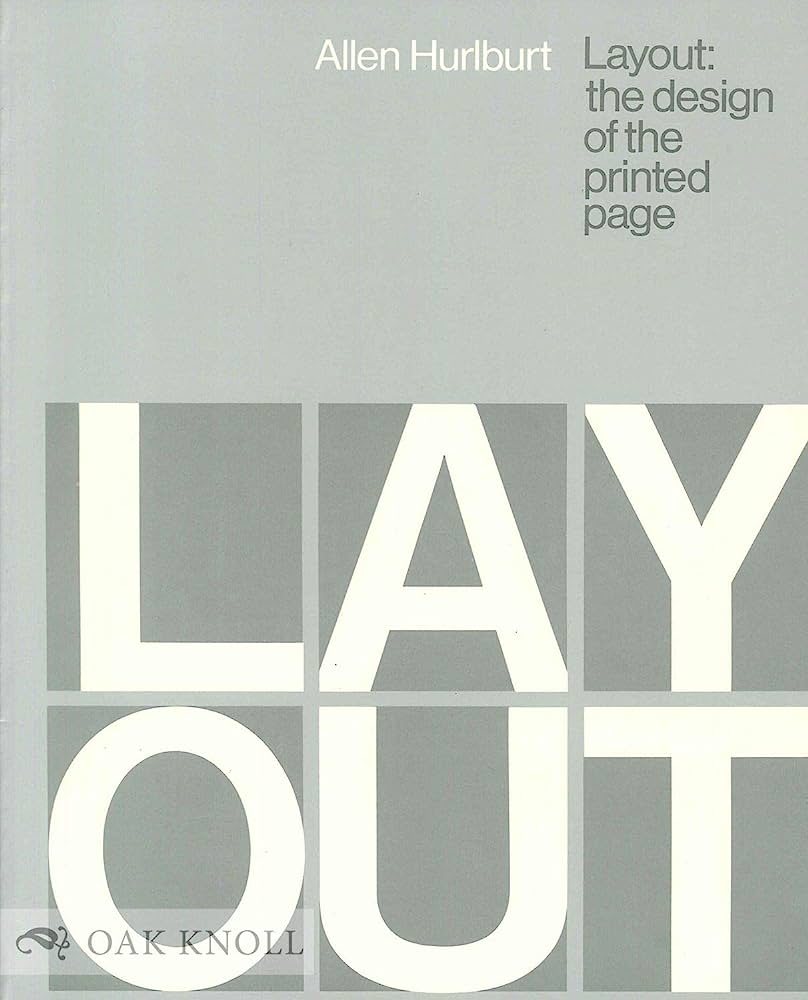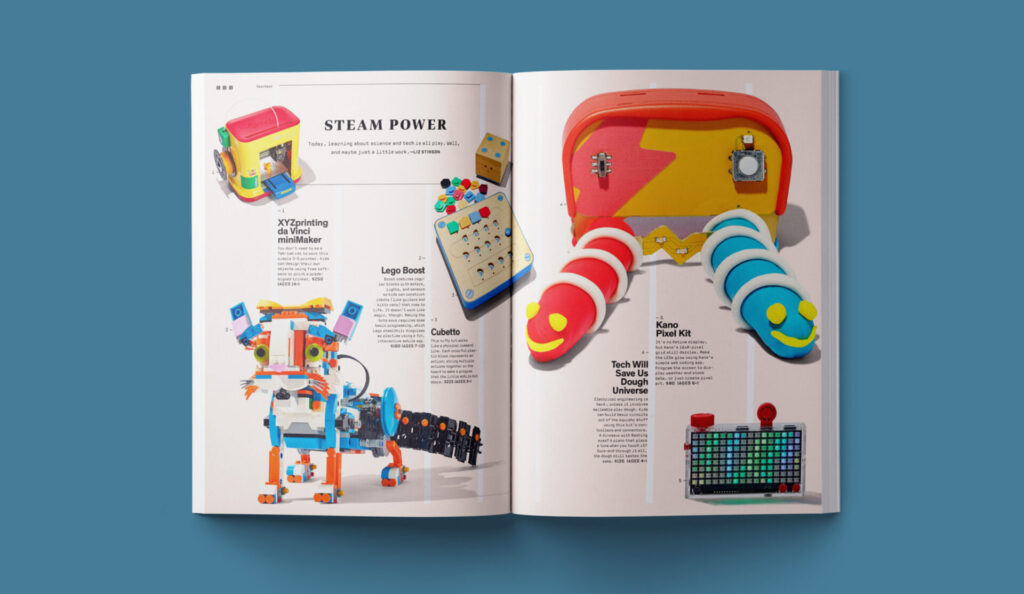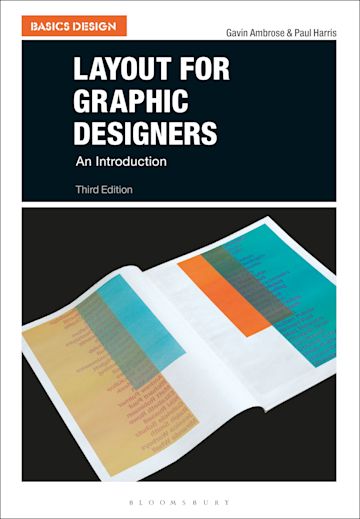In the fast-paced world of digital advertising and social media marketing, it’s easy to overlook the power of print marketing. However, a well-crafted introduction can be the key to grabbing your target audience’s attention and leaving a lasting impression.
The purpose of the introduction in a print marketing strategy is twofold: to provide an overview of the topic and to captivate the reader from the start. It sets the tone for the rest of the content and determines whether the reader will continue perusing your materials or move on.
To achieve this, your introduction should be concise yet engaging, making it clear why your print marketing campaign is worth their time and attention. Use compelling language, a bold statement, or an unexpected fact to make a strong first impression. Show your target audience why they can’t afford to miss what you have to say.
By crafting a powerful introduction, you can ensure that your print marketing materials stand out among the digital noise. So, embrace the timeless approach of print marketing and make your introduction count.
Why Consider Print Marketing for Your Business?
In today’s digital age, where online marketing dominates the business landscape, it can be easy to overlook the power of print marketing. However, print marketing remains a timeless approach that should not be underestimated. Implementing print marketing strategies offers a multitude of benefits and advantages for businesses, making it a valuable addition to any marketing campaign.
One of the key advantages of print advertising is its high recall value. Unlike fleeting digital ads that can easily be overlooked or forgotten, printed materials tend to leave a lasting impression. When potential customers physically interact with printed materials, such as brochures or flyers, they are more likely to remember the message and take action.
Print marketing also leverages credibility. In a world saturated with digital marketing efforts, a well-designed print ad can help a business stand out and build trust with its audience. The tangibility of print materials conveys a sense of legitimacy and professionalism, which can boost the credibility of a brand.
Furthermore, print advertising allows businesses to target specific audiences effectively. With various print media options, such as direct mail campaigns or magazine ads, businesses can tailor their messaging to reach their ideal customers directly. This targeted approach ensures that your marketing efforts are reaching the right people, maximizing the chances of generating leads and conversions.
Versatility and flexibility are additional benefits of print marketing. Unlike digital ads that can easily be scrolled past or closed, print materials have a physical presence that demands attention. They can be placed strategically in high-traffic areas or given directly to potential customers, ensuring that your message is seen and remembered. Additionally, print materials have the power to generate action. From coupons to QR codes, print marketing can drive immediate response and engagement, making it an effective method for driving sales and customer acquisition.
In a world where digital noise can overwhelm and distract, print marketing cuts through the clutter and makes a lasting impact on target audiences. By incorporating print marketing into your overall marketing mix, you can reach a wider audience and create a sense of trust and credibility that digital marketing alone may not achieve.
Benefits of Using Print Marketing
Print marketing offers several advantages that make it a valuable addition to your marketing strategy. Firstly, it has a high recall value, as printed materials tend to leave a lasting impression on potential customers. Unlike digital ads that can easily be overlooked or forgotten, printed materials make a physical impact and are more likely to be remembered and acted upon. Additionally, print advertising leverages credibility by standing out in a world saturated with digital marketing efforts. The tangibility of print materials conveys professionalism and legitimacy, helping to build trust with your audience.
Moreover, print marketing allows for effective targeting of specific audiences. Through direct mail campaigns or magazine ads, businesses can tailor their messaging to reach ideal customers directly, maximizing the chances of leads and conversions. Lastly, print marketing offers versatility and flexibility, demanding attention and driving immediate response and engagement. By incorporating print marketing into your overall strategy, you can reach a wider audience, create trust, and make a lasting impact that digital marketing alone may not achieve.
Cost-Effective Strategy
Print marketing is a cost-effective strategy that can provide a high return on investment for businesses. While digital advertising has gained popularity in recent years, print advertising continues to be a valuable and affordable option for businesses, particularly startups with limited budgets.
Compared to digital advertising, print advertising can often be more affordable, especially when considering the long-lasting impact it can have. A well-designed print ad can be displayed in multiple locations over an extended period, providing ongoing exposure to potential customers. Additionally, print ads can be targeted to specific audiences, allowing businesses to reach their ideal customers directly.
Furthermore, integrating print advertising into an overall marketing campaign can maximize its cost-effectiveness. By combining print advertising with other marketing channels, such as digital advertising and content marketing, businesses can create a cohesive and impactful message that resonates with their target audience. This integration helps to increase brand recognition and drive customer engagement, leading to a higher return on investment.
Reach a Larger Audience
Print marketing is a valuable strategy for businesses looking to reach a larger audience, especially by overcoming the limitations of online spaces and effectively targeting older populations. While digital advertising has gained significant traction in recent years, it is crucial to recognize that not all individuals, particularly older demographics, actively engage with online platforms. By utilizing print marketing techniques, businesses can effectively reach these audiences and expand their customer base.
Flyer marketing, for example, is a powerful print marketing tool that allows businesses to distribute physical materials directly to potential customers. This method overcomes the limitations of online advertising, as it can be difficult to capture the attention of individuals who may be less tech-savvy or less likely to spend significant time online. By strategically placing flyers in high-traffic areas or mailing them directly to specific households, businesses can ensure their message reaches a wider audience.
Moreover, print marketing plays a pivotal role in building brand awareness among target audiences, including older populations such as Baby Boomers. These individuals often have a greater propensity for traditional advertising methods and may have higher levels of disposable income. By utilizing direct mail campaigns and print advertisements, businesses can specifically target these consumers, capturing their attention and ultimately driving sales.
To effectively reach a larger audience through print marketing, it is crucial to identify and understand the specific needs and interests of the target audience. This allows businesses to tailor their marketing materials to resonate with the intended recipients, increasing the chances of engagement and conversion. By aligning the design, messaging, and content of print marketing materials with the preferences and values of the target audience, businesses can foster a strong connection and establish a lasting brand presence.
Create a Lasting Impression
Print marketing offers businesses the opportunity to create a lasting impression on their target audience in a way that digital advertising often cannot. While digital marketing efforts can be easily scrolled past or overlooked, print materials have a physical presence that elicits a stronger response from potential customers.
Print advertising has a higher potential for memorability due to its tangibility. When a person holds a print ad, brochure, or flyer in their hands, they engage more deeply with the content. The tactile experience and visual impact of print materials make them more memorable, increasing the chances of recall when the need for a product or service arises.
In addition to memorability, print materials also play a crucial role in establishing a desired brand image and evoking an emotional response. The design, colors, and imagery used in print advertisements can convey a sense of professionalism, trustworthiness, and quality, which helps shape the perception of a brand. By connecting with the target audience on an emotional level through evocative storytelling or imagery, print marketing generates a deeper connection and encourages stronger brand loyalty.
To create a lasting impression through print marketing, businesses should focus on incorporating eye-catching design elements, compelling storytelling techniques, and high-quality print materials. Using bold colors, unique typography, and visually engaging graphics can immediately capture attention and leave a lasting impact. Additionally, telling a compelling story within the print material not only engages the audience but also helps them remember the brand and its message.
By investing in high-quality print materials, businesses show their commitment to excellence, further enhancing their reputation and credibility. This attention to detail demonstrates a level of professionalism that can leave a lasting impression and differentiate a brand from its competitors.
Target Specific Customers or Markets
Targeting specific customers or markets is a crucial aspect of print marketing campaigns. By identifying and focusing on a particular audience, businesses can effectively tailor their message to meet the needs and preferences of that specific group.
Before embarking on a print marketing campaign, conducting thorough audience research is essential. This research helps businesses gain insights into their target customers’ demographics, interests, purchasing behaviors, and preferences. By understanding these factors, businesses can create advertisements that resonate with their target audience, increasing the chances of generating a positive response.
Identifying customer preferences is equally important in developing effective print marketing campaigns. By understanding what appeals to their target audience, businesses can craft advertisements that are more likely to catch their attention and engage them. Whether it’s through compelling headlines, visually appealing designs, or relevant content, understanding customer preferences allows businesses to deliver the right message in a way that grabs their attention.
When selecting marketing channels for print advertising, it’s crucial to consider various factors such as analyzing competition, setting marketing goals, and considering the budget. Analyzing competitors’ print marketing efforts can provide valuable insights into which channels and strategies are working effectively in the industry. Setting clear marketing goals helps businesses align their efforts with specific outcomes they wish to achieve. Finally, considering the budget ensures that the chosen marketing channels are both cost-effective and impactful.
Complement Digital Channels
In today’s fast-paced, digital world, print marketing continues to play a vital role in reaching and connecting with target audiences. While digital channels offer convenience and widespread reach, print marketing has the unique ability to complement these channels by leveraging the mood-boosting benefits of receiving physical mail.
In a time when most communication is conducted online, receiving a tangible piece of mail can evoke a sense of delight and authenticity. Print marketing enables businesses to build authentic connections with their customers by delivering personalized messages straight to their mailboxes. By sending personalized gifts, gift cards, and branded mailers, businesses can demonstrate that they care about their customers on a deeper level.
Print marketing allows for more room for connection and resonates with customers on a deeper level. Unlike the transient nature of digital advertisements, print materials can be kept, displayed, and revisited. They serve as a tangible reminder of a business and its offerings, creating lasting impressions. Whether it’s a well-designed postcard or a beautifully crafted brochure, print materials have a physical presence that resonates with customers on a deeper level.
Strategies for an Effective Print Marketing Campaign
A well-executed print marketing campaign can be a powerful tool in reaching your target audience and achieving your marketing goals. But in order to make the most of your print materials, it’s important to have a strategic approach. Here are some key strategies to consider when planning your print marketing campaign:
1. Understand Your Target Audience: Before creating any print materials, it’s crucial to have a clear understanding of who your target audience is. Research their demographics, interests, and preferences to ensure that your messaging and design resonate with them.
2. Personalize Your Message: Personalization is key to capturing your audience’s attention and making a lasting impact. Customize your print materials with personalized offers, messages, and even variable data printing to create a sense of exclusivity and relevance for your audience.
3. Integrate Print with Digital: While print marketing is effective on its own, integrating it with your digital marketing efforts can maximize your reach and impact. Include QR codes or personalized URLs on your print materials to drive traffic to your website or social media platforms.
4. Measure and Track Results: To gauge the success of your print marketing campaign, it’s important to measure and track your results. Set specific goals, track response rates, and analyze customer feedback to determine the effectiveness of your campaign and make any necessary adjustments.
By following these strategies, you can create an effective print marketing campaign that not only grabs your audience’s attention but also drives tangible results for your business.

Conclusion
In conclusion, print marketing remains one of the most effective and timeless ways to reach your target audience. Due to its ability to be highly targeted, print marketing can be used to create personalized messages that will resonate with your customers. Additionally, print marketing offers tangible materials that can be kept for longer periods of time, making it a great way to leave a lasting impression on potential customers. With all these benefits in mind, it’s easy to see why print marketing is an excellent choice for businesses who want to reach their target audience in the most effective way possible.




